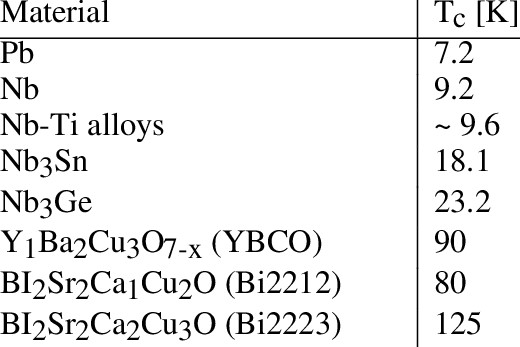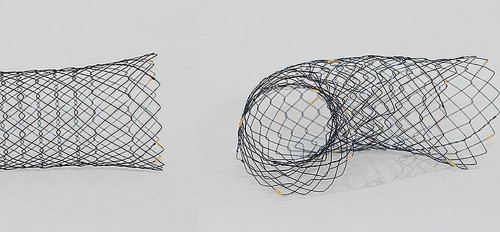How is Molybdenum Used in Modern Industries
The application of Molybdenum is in the leading position in iron and steel industry, accounting for about 80% of the total consumption of molybdenum, followed by chemical industry, accounting for about 10%. In addition, molybdenum has also been used in electrical and electronic technology, medicine and agriculture and other fields, accounting for about 10% of the total consumption.
Alloy field
The consumption of molybdenum is the largest in the areas of iron and steel, mainly used in the production of alloy steel, stainless steel, tool steel and high-speed steel, and cast iron roll. As most of the molybdenum oxide block is directly used in steel or cast iron, a small part is melting into iron, then used for steelmaking. Mo as an alloying element, has the following advantages: to improve the strength and toughness of steel; improve the corrosion resistance in acid solution and the liquid metal; improve the wear resistance of steel; improve the permeability, welding and heat resistance steel quenching. For example, stainless steel with 4%-5% of molybdenum content is often used in areas such as marine equipment and chemical equipment.

By adding molybdenum substrate into other elements such as titanium, zirconium, hafnium, tungsten and rare earth element, will produce nonferrous alloys, these alloy elements not only can strengthen molybdenum alloy to solid solution, maintain the low temperature of plastic, but also formed a stable, dispersed carbide phase, increase the strength of the alloy and crystallization temperature. Because of its stability, high mechanical strength and good ductility, molybdenum base alloy can be used for high heating element, extrusion tools, glass melting furnace electrode, spray coating, metal processing tools, spacecraft parts etc..

Chemical industry
Lubricant: molybdenum oxide is a kind of good solid lubricant, because its friction coefficient is very low, the yield strength is very high, can be used in vacuum, ultra low temperature and high temperature, so it is widely used in gas turbine, gear, mould, aerospace, nuclear industry and other fields.
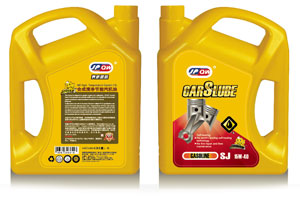
Catalysts: molybdenum compound is one of the most widely used catalysts. They are widely used in chemical, petroleum, plastics, textile and other industries. For example: molybdenum disulfide has anti sulfur properties under certain conditions, can be produced by catalytic hydrogenation of carbon monoxide alcohols, C1 is a promising chemical catalyst. Other common molybdenum catalysts are molybdenum disulfide, molybdenum oxide, molybdate, ammonium molybdate and so on.
Color: chrome yellow and yellow cadmium is the world's most commonly used inorganic yellow pigment, but lead, chromium and cadmium are toxic, molybdenum yellow is non-toxic, has bright color, light, good thermal stability, so it can be used in paint and ink, plastic, rubber and ceramic products.
Flame retardant and smoke eliminating agent - organic polymer: adding 3%-4% MoO3 in halogenated polyester, the critical oxygen index increased 3%-4%, combustion generated carbon quantity increased by about 4%, the smoke was reduced by 3%.
Corrosion inhibitors: molybdate has very low toxicity and very low corrosive to organic additives added to the inhibitors. It is often used in the construction of air-conditioning cooling water and heating systems to prevent the corrosion of low carbon steel.
Electrical and electronic fields
Molybdenum has good electrical conductivity and high temperature resistance. The coefficient of thermal expansion is similar to that of glass. It is widely used in the manufacture of core wires, lead wires and hooks for spiral filament. In addition, molybdenum wire is also ideal electrode wire for WEDM. It can cut various kinds of steel and hard alloy. It is stable in discharge and can effectively improve the precision of the die.
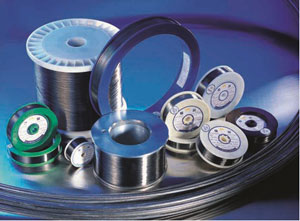
Single layer molybdenum nitride materials have good semiconducting properties, some of which are superior to those now widely used in silicon and graphene, and are likely to be the next generation of semiconductor materials. The California Institute of nanotechnology has been successfully used MoS2 produced molybdenum based flexible micro processing chip, the chip is only 20% of silicon chip size, and the ratio of graphene circuits has the same size and more cheap, the circuit also has the very strong flexible, thin, can be attached to the human skin.
Medical field
Molybdenum is one of the essential trace elements of the human body. It is also a component of many enzymes. The main function of the organism is to participate in the interaction between sulfur, iron and copper. The amount of molybdenum can promote human development, enhance the stay, oxygen in vivo storage inhibiting tumor, maintain energy metabolism, myocardial protection of myocardium, and molybdenum deficiency can lead to dental caries, kidney stones, Keshan disease and Kaschin Beck disease, esophageal cancer and other diseases, and molybdenum can also be used in medicine, this medicine such as ammonium molybdate is mainly used for patients with long-term dependence on intravenous nutrition.
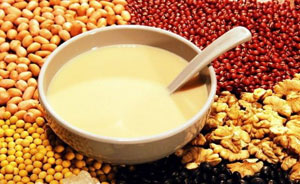
Animal husbandry
The biological effect of molybdenum is mainly dependent on the biological activities of enzymes that indirectly affect the composition of certain molybdenum containing enzymes in animals. In addition, molybdenum plays a special role in ruminant animal nutrition metabolism, on the one hand, as a component of nitrate oxidase in ruminant animal rumen microbial transformation, molybdenum directly involved in feed nitrate in the rumen, on the other hand, as a cofactor of molybdenum sulfate oxidase, have a stimulating effect on the rumen microorganisms, it is help ruminant animal of crude fiber material digestion, and promote the growth of ruminant animal. So, when the content of molybdenum in forage and feed is deficiency, it is needed in accordance with the requirements of the nutritional needs and strict technology, adding the molybdenum additives in feed, to meet the objective need of animal, the most common example is the addition of 10mg/d in the dairy feed of molybdenum.
Agriculture
Molybdenum is one of the essential trace elements in plants. Molybdenum deficiency can affect the normal growth of plants. As a trace element in plant growth, molybdenum can not only promote the absorption of phosphorus, but also accelerate the formation and transformation of alcohols in plants, to increase the content of chlorophyll and vitamin C in plants, increase plant drought and cold and disease resistance. In view of the importance of molybdenum to plants, many countries have begun producing and using trace amounts of molybdenum containing fertilizers.


